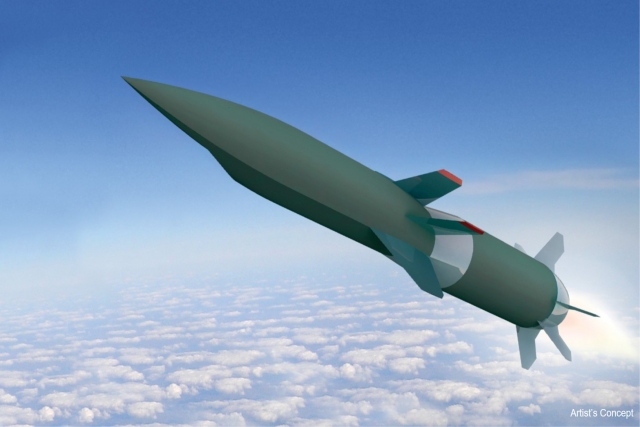Australia Launches $761M Missile Project

Australia is liaising with the United States to build its own guided missiles under a $761 million (A$1 billion) ten-year long project.
“Creating our own sovereign capability on Australian soil is essential to keep Australians safe,” Prime Minister Scott Morrison said while launching the project on Wednesday.
It has been decades since the country last manufactured advanced missiles, and it currently relies on importing them from allies including the United States. Australia does currently build a decoy rocket aimed at disrupting incoming missiles.
Four months ago, the U.S. Department of Defense and Australia announced a bilateral effort to advance the development of air-breathing hypersonic technologies. The deal is under their 15-year Southern Cross Integrated Flight Research Experiment (SCIFiRE) program, which studies hypersonic scramjets, rocket motors, sensors, and advanced manufacturing materials.
In its quest to win the hypersonic weapons development race, the U.S. has opened its arms to allies for them to join its projects. It has also rewritten rules for acquisition — the 5000-series of policy — to make it easier to more quickly deliver hypersonic weapons.
“The Americans are looking to invest very large amounts of money in advanced missile technology, especially as they realize they are playing catch-up to a large extent” with China and Russia, Paul Dibb, an emeritus professor in strategic and defense studies at the Australian National University in Canberra, told Bloomberg. “The Chinese have got nearly 2,000 theater ballistic missiles, some of them with ranges of up to 3,000 kilometers (1,865 miles) and capable of carrying a nuclear warhead.”
In October 2019, Beijing showcased its new JL-2 nuclear-capable submarine-launched ballistic missile (SLBM), DF-41, a road-mobile ICBM and the DF-17, which is a short-range ballistic missile with a hypersonic glide vehicle. China has reportedly begun development of third generation SLBM, the JL-3, which is based on the DF-41.
In May of that year, the Pentagon in its annual report to Congress “confirmed” China’s development of two new air-launched ballistic missiles. One weapon, identified as the CH-AS-X, was first tested in December 2016.
The Asian nation also tested its anti-ship ballistic missiles in the South China Sea this June.
The Russian Defense Ministry had announced it would launch nine ICBMs between 2019-2021 which includes two Sarmat missiles, three Yars ICBM launches and four Topol ICBM launches, Pravda had reported back then. Two years ago, Russia test-fired Sineva, Bulava and Topol-M ICBMs.
Moscow is currently developing RS-26 Rubezh and Satan-2 (RS-28 Sarmat) ICBMs. Avangard is a hypersonic glide vehicle (HGV) that can be carried as a Multiple independently targetable re-entry vehicle (MIRV) payload by the UR-100UTTKh, R-36M2 and RS-28 Sarmat heavy ICBMs. It is in service with the Russian military since late 2019.
Russia is also testing its Tsirkon (Zircon) and Kinzhal missiles from different platforms.










